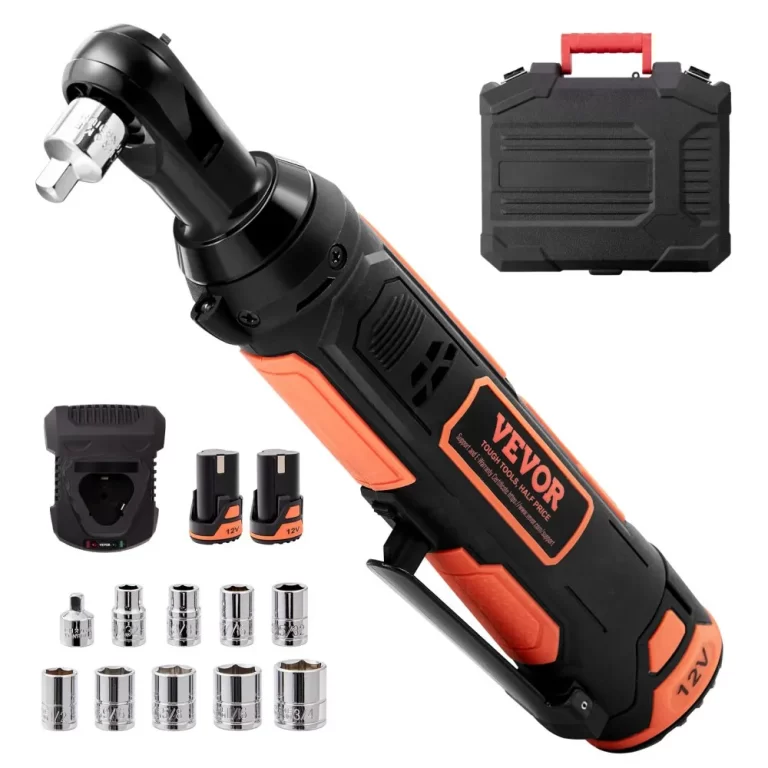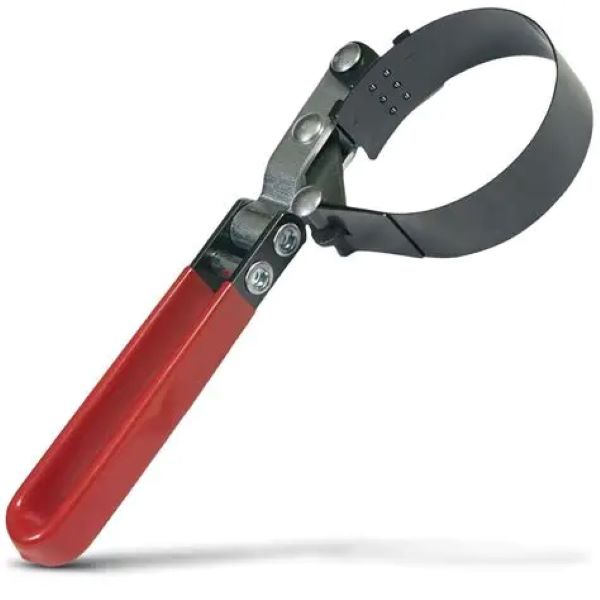
How to Choose the Right Filter Wrench for DIY Car Maintenance
What is a Filter Wrench?
A filter wrench is a must-have tool for removing filters. It is specially designed to grip and turn filters during maintenance tasks. By providing a secure hold, it makes filter removal easier and safer.
Definition and Purpose
A filter wrench is a hand tool that loosens or tightens filters. It is commonly used for filters in cars, plumbing, and HVAC systems. The purpose of a filter wrench is to make filter maintenance simple and efficient while preventing damage.
Types of Filter Wrenches
Filter wrenches come in different designs. Each type is made to suit specific tasks or filters:
- Strap Wrenches: Use a nylon or rubber strap to grip filters. Ideal for delicate filters.
- Chain Wrenches: Feature a strong chain for heavy-duty filters. Best for stuck or large filters.
- Cup-style Wrenches: Designed to fit specific filter sizes. Offer a snug and precise grip.
- Adjustable Wrenches: Highly versatile with adjustable grips. Useful for multiple filter sizes.
Each type works best in certain scenarios, making it important to choose the right one.
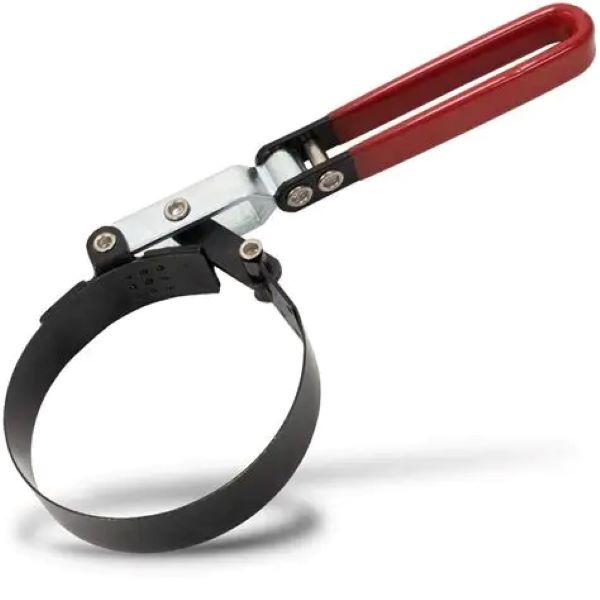 Common Applications
Common Applications
Filter wrenches are versatile tools with many uses. They simplify maintenance tasks and ensure filters are handled properly.
Automotive Oil Filter Removal
One common use of a filter wrench is changing automotive oil filters. During oil changes, old filters need removal and replacement. A filter wrench can provide a strong grip on the filter. Its design prevents slipping or damage to the filter casing. With the right filter wrench, even stubborn filters are removed quickly. Each type of filter wrench offers unique advantages based on filter size and location.
HVAC System Maintenance
Filter wrenches are essential for maintaining HVAC systems. These systems often use air and liquid filters. Over time, filters collect dust, dirt, or debris, reducing efficiency. A filter wrench helps remove filters safely without causing harm. In HVAC systems, cup-style and strap wrenches are widely used. Proper maintenance ensures better indoor air quality and system longevity.
Plumbing Filter Changes
In plumbing systems, filters remove impurities from water. These filters can clog over time and require replacement. Filter wrenches ensure smooth removal of filters in tight spaces. Chain wrenches are especially effective for this purpose. Using the right filter wrench avoids damage to plumbing fittings. Regularly replacing filters improves water quality and flow.
Filter wrenches are an indispensable tool for maintaining vehicles, HVAC systems, and plumbing. Choosing the appropriate type ensures effective and effortless maintenance.
Factors to Consider
Selecting the right filter wrench is essential for effective and damage-free maintenance. Here are the critical factors to consider:
Material and Durability
The material of a filter wrench directly affects its longevity and performance. Wrenches made from high-quality metal, such as steel or aluminum, offer durability and strength for heavy-duty tasks. For lighter tasks, strong synthetic materials can suffice. Ensure the material resists corrosion if the tool will be exposed to liquids or harsh conditions frequently.
Size and Compatibility
Filter wrenches come in various sizes to fit specific filter types. Always check the filter’s size before purchasing a wrench. Adjustable wrenches can be a versatile option for handling multiple filter sizes. Proper compatibility prevents slipping and ensures a secure grip. Using an ill-fitting wrench can damage the filter or make removal difficult.
Grip and Ease of Use
A filter wrench should provide a firm grip for easy handling. Look for features like non-slip handles or textured grips. These reduce strain and improve control, especially for stuck filters. Wrenches like strap or cup-style designs offer better grip in tight spaces. Prioritize user-friendly designs that make filter removal quick and effortless.
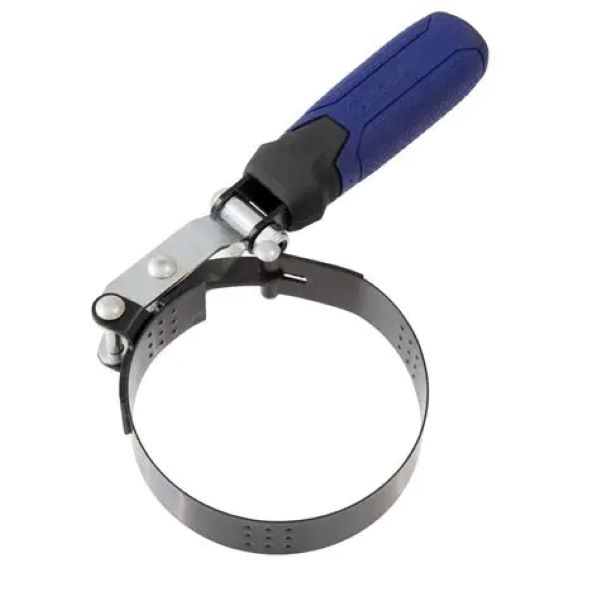 Top Types of Wrenches Explained
Top Types of Wrenches Explained
Understanding the different types of filter wrenches can help you choose the perfect one. Each type is suitable for specific tasks and filter sizes.
Strap Wrenches
Strap wrenches use a flexible nylon or rubber strap to grip filters. They are ideal for delicate filters that require careful handling. These wrenches apply even pressure, reducing the risk of damage. They work best in scenarios where the filter surface is smooth or slippery. Strap wrenches are also versatile, accommodating various filter sizes with ease.
Chain Wrenches
Chain wrenches feature a strong metal chain that provides a solid grip on filters. These are designed for heavy-duty tasks such as removing large or stuck filters. The chain wraps around the filter, offering maximum torque and strength. They are commonly used in plumbing and industrial environments where robust tools are needed.
Cup-style Filter Wrenches
Cup-style filter wrenches are designed to fit specific filter sizes snugly. They resemble a cup that grips the filter tightly during use. These wrenches are commonly used in automotive oil filter removal. They offer precise control and are less likely to slip. For best results, ensure the cup size matches your filter perfectly.
Adjustable Filter Wrenches
Adjustable filter wrenches are highly versatile and can fit multiple filter sizes. These wrenches often feature a sliding or flexible mechanism to adapt to filter dimensions. They are perfect for users handling different types of filters regularly. Adjustable wrenches are simple to use and can save time when working on varied maintenance tasks.
Benefits of Using the Correct Wrench
Using the right filter wrench offers numerous advantages. It ensures maintenance tasks are completed smoothly and effectively. Below are the key benefits:
Preventing Damage to Filters
A proper filter wrench prevents over-tightening or slipping. This avoids scratches or dents on the filter surface. Delicate filters, especially, need precise tools like strap wrenches to prevent breakage. Damaged filters may compromise performance or require costly replacements. Using the correct wrench guarantees safe handling and protects both the tool and filter.
Enhancing Work Efficiency
The right filter wrench reduces strain and saves time during maintenance. Non-slip grips or adjustable designs simplify tough jobs. Cup-style wrenches provide a tight fit for filters, improving accuracy and speed. With fewer struggles, maintenance tasks become quicker and easier. Selecting the right wrench improves efficiency whether for vehicles, HVAC systems, or plumbing.
Ensuring Safety During Use
Incorrect tools can lead to accidents or injuries during filter removal. Filter wrenches with ergonomic handles reduce strain on wrists. Chains and straps ensure secure grips, minimizing slipping risks. Properly designed wrenches also protect surrounding parts from damage. Choosing the correct tool enhances safety while maintaining filters in any application.
How to Use a Filter Wrench Properly
Using a filter wrench correctly ensures safe and effective maintenance. Follow these steps to avoid mistakes and simplify your workflow.
Step-by-Step Instructions
- Inspect the Filter and Tool: Check the filter for dirt or damage. Confirm the wrench fits properly.
- Choose the Right Type: Select the wrench type based on the filter’s size and condition. Adjustable wrenches suit varied filters.
- Position the Wrench: Place the wrench securely around the filter. Ensure even grip to avoid slippage.
- Apply Force Carefully: Turn the wrench gently but firmly. Avoid excessive force to prevent filter damage.
- Remove and Replace Filter: Once loosened, remove the filter and replace it if necessary. Confirm the filter is secured tightly.
- Inspect After Use: Ensure the filter is installed correctly and the surrounding area is clean.
Tips for Avoiding Common Mistakes
- Avoid Using the Wrong Tool: Always use a wrench that fits the filter’s size and type accurately.
- Do Not Over-Tighten: Over-tightening can damage the filter and make future removals more challenging.
- Keep Tools Clean: Dirty wrenches reduce grip and may slip during use.
- Know Filter Location: Understand the filter’s placement before starting to reduce effort and prevent tool damage.
- Lubricate When Needed: For stuck filters, use a small amount of lubricant to ease removal, but avoid contaminating the filter.
By using the correct steps and avoiding mistakes, your filter wrench will provide efficient and safe maintenance in any task.
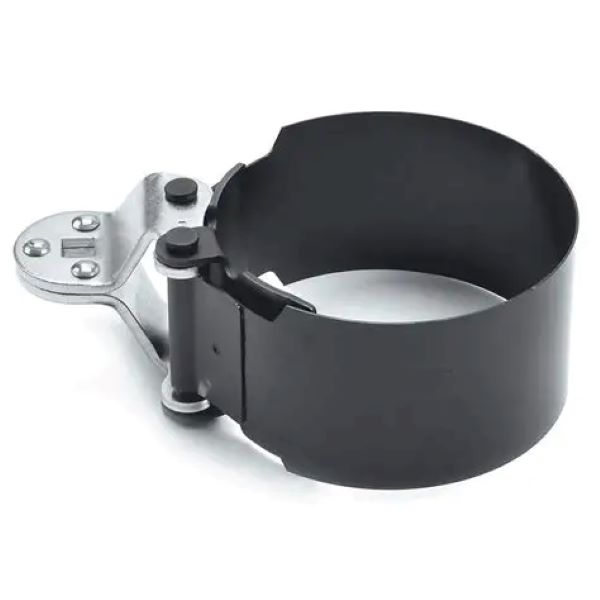 Maintenance and Storage
Maintenance and Storage
Proper maintenance and storage ensure the longevity and effectiveness of filter wrenches. Regular cleaning and thoughtful storage reduce wear and tear and keep tools ready for use.
Cleaning After Use
After each use, clean your filter wrench to remove grease, dirt, or debris. Use a clean cloth for simple cleaning tasks. For tougher stains, apply mild soap or detergent and scrub gently. Rinse off all soap residues with water and dry thoroughly to prevent rust. Avoid using harsh chemicals that might weaken the material of the wrench over time. Periodic cleaning keeps the wrench functional and ensures a strong grip for future tasks.
Proper Storage Methods
Store filter wrenches in a dry and clean environment. A tool organizer or toolbox prevents scratches and keeps wrenches in one place. Avoid humid or damp areas to prevent corrosion. For wrenches with moving parts, apply a light coat of lubricant before storage to ensure smooth operation later. Organize wrenches by type or size for easy access during maintenance jobs. This helps save time and protects the tool from accidental damage.
By cleaning and storing filter wrenches correctly, you extend their lifespan and improve their performance.
Recommended Brands and Tools
Choosing the right brand ensures quality and reliability in your filter wrench. Trusted brands deliver durable tools with excellent performance. Below are some top brands and recommended models to consider.
Popular Filter Wrench Brands
- Lisle Tools: Known for durable and user-friendly designs. Their oil filter wrenches are highly rated.
- Neiko Tools: Offers heavy-duty wrenches, perfect for automotive and industrial applications.
- Craftsman: A reliable choice for versatile and adjustable filter wrenches.
- GearWrench: Famous for innovative and ergonomic designs. Ideal for professionals and DIY enthusiasts.
- Tekton: Produces budget-friendly wrenches without compromising on quality and performance.
Each brand provides unique features, so choose based on your specific needs and budget.
Reviews of Must-Have Models
- Lisle 63600 Oil Filter Tool: Perfect for hard-to-reach filters. The gripping design ensures easy removal.
- Neiko 03421A Chain Wrench: Great for heavy-duty tasks. The chain provides strong grip and torque.
- Craftsman Adjustable Strap Wrench: Ideal for multiple sizes. The strap prevents damage to filters.
- GearWrench Universal Oil Filter Wrench: Compact and adjustable, perfect for confined spaces.
- Tekton 5866 Adjustable Wrench: Affordable with excellent grip for various filter sizes.
These models stand out for their durability and ease of use. Consider your maintenance tasks before choosing the right tool. Reliable brands and models simplify filter removal and improve efficiency.
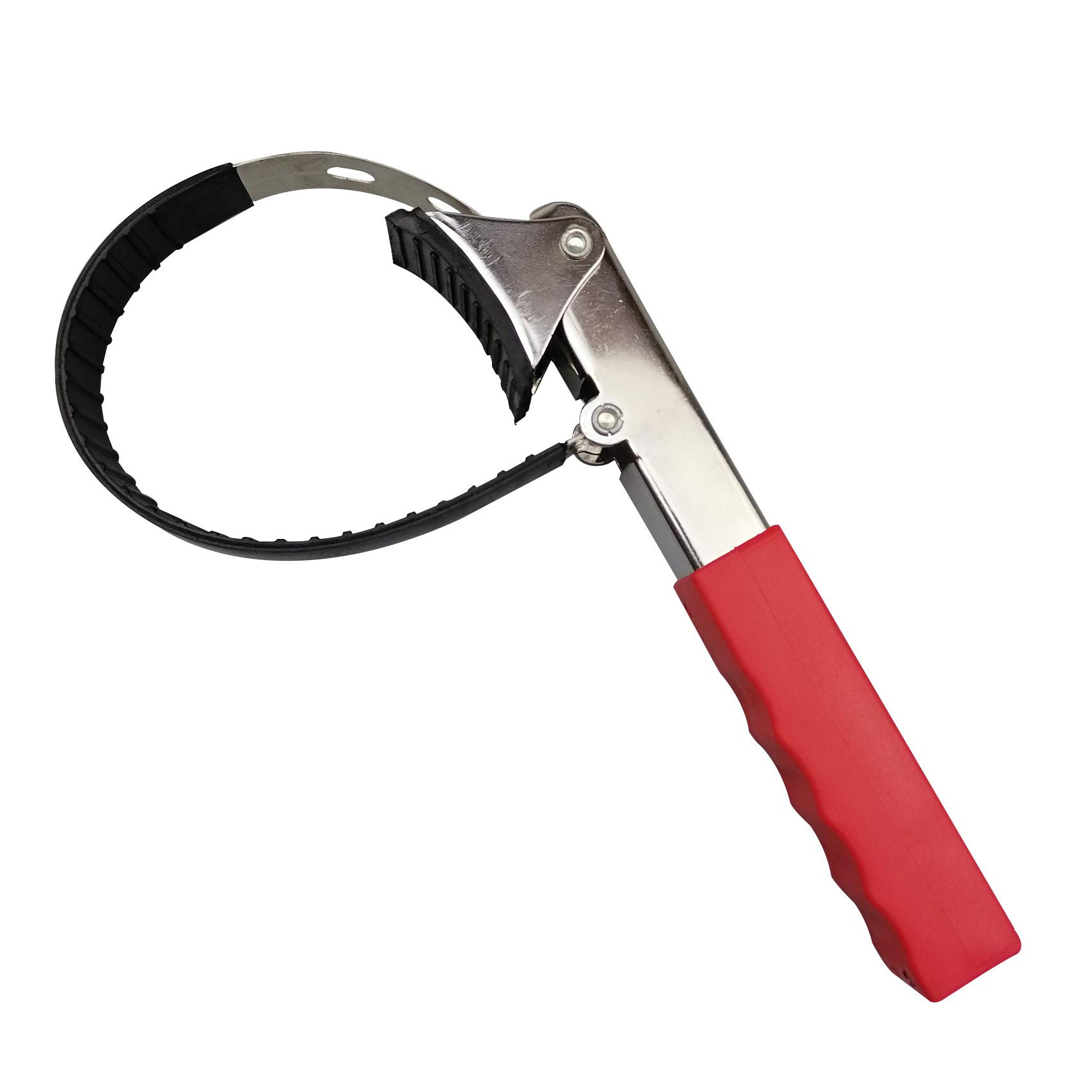 Frequently Asked Questions
Frequently Asked Questions
What Size Filter Wrench Do I Need?
The size of the filter wrench depends on the specific size and type of filter you are working with. Measure the diameter of the filter and choose a wrench that can adjust to fit that size securely.
Can I Use a Filter Wrench on Any Type of Filter?
While filter wrenches are versatile, they are primarily designed for cylindrical filters found in automotive, HVAC, and water filtration systems. For non-standard filter shapes, specialized tools might be required.
How Do I Prevent Slippage When Using a Filter Wrench?
Ensure the wrench is properly aligned and securely wrapped around the filter. Using a strap wrench or a pliers-style wrench with adjustable jaws can help maintain a firm grip and prevent slippage.
What Should I Do If the Filter Is Stubborn to Remove?
If the filter is difficult to remove, apply a small amount of penetrating oil and let it sit for a few minutes. Then, use heat to loosen rust or debris, and try again with gentle, steady pressure.
How Often Should I Replace My Filter Wrench?
Regular inspection and maintenance can extend the life of your filter wrench. Replace it if you notice signs of significant wear, such as frayed straps, cracked handles, or damaged jaws, to ensure safe and effective use.
 Conclusion
Conclusion
A filter wrench is an indispensable tool for anyone involved in maintaining machinery, automotive systems, HVAC units, or household water filters. Its ability to securely grip and loosen stubborn filters makes filter maintenance tasks significantly easier, more efficient, and less likely to result in damage to equipment. By understanding the different types of filter wrenches, selecting the right one for your needs, and employing effective usage techniques, you can ensure that your filters are always in optimal condition, contributing to the overall performance and longevity of your systems. Whether you’re a professional mechanic, a homeowner, or a DIY enthusiast, investing in a high-quality filter wrench will enhance your maintenance capabilities and provide reliable performance for years to come. Embrace the benefits of a filter wrench and experience the ease and efficiency it brings to your filter maintenance tasks.

